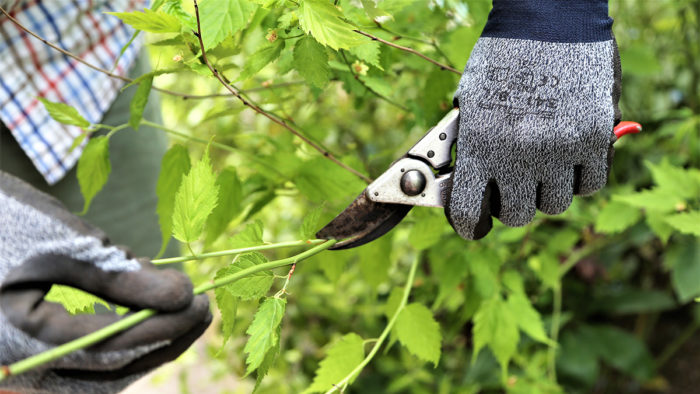
June in the Pacific Northwest is a wonderful time to garden. This time of year, the weather is changing quickly from spring’s short and cool days to summer’s pleasant days and longer, warmer evenings. There are plenty of garden chores to take care of in June while still leaving time to enjoy the fruit of our labors.
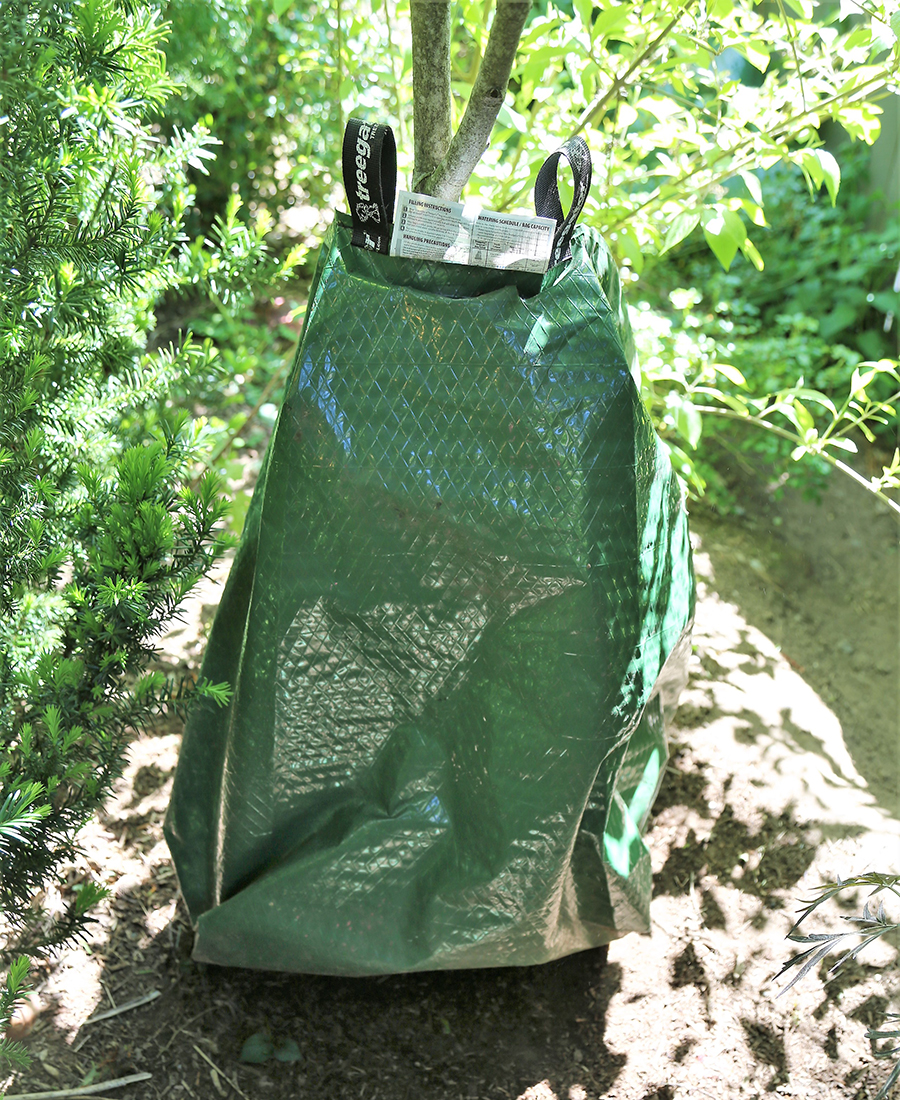
Make sure newly planted trees get enough water. With the weather warmer and rain less frequent, it’s time to set up my newly planted trees with watering bags. Trees are expensive and often do not survive due to infrequent watering. Using watering bags is a great way to ensure that new trees are watered with enough frequency and volume to become properly established. While they are not aesthetically pleasing, I like using them for the first three years for newly planted trees in areas without irrigation. Many gardeners will not water as deeply as newly planted trees require, but using watering bags will help new trees get established properly. There are many types available at local nurseries and garden centers. I like the Treegator Original, but I’ve also used the donut-shaped models with great results. Just remember to fill them up weekly to ensure a good, deep watering.

Prune spring-flowering shrubs. Now is the time to start pruning your spring-flowering shrubs that bloom on new wood. Just make sure you know what you have growing in your garden to ensure you are not cutting off next year’s blooms. Some of these shrubs include Japanese kerria (Kerria japonica, Zones 4–9), forsythia (Forsythia × intermedia, Zones 4–9), lilac (Syringa spp. and cvs., Zones 3–8), and deutzia (Deutzia gracilis, Zones 5–8). Make sure, as always, to clean your pruning tools to prevent the spread of pathogens to your plants. Pruning helps keep these shrubs to a more manageable size, prevents them from becoming leggy, improves overall appearance, and allows for good air flow and light penetration to the interior branches that will be the source of next year’s blooms. Learn more on how to prune cane-growing shrubs here.
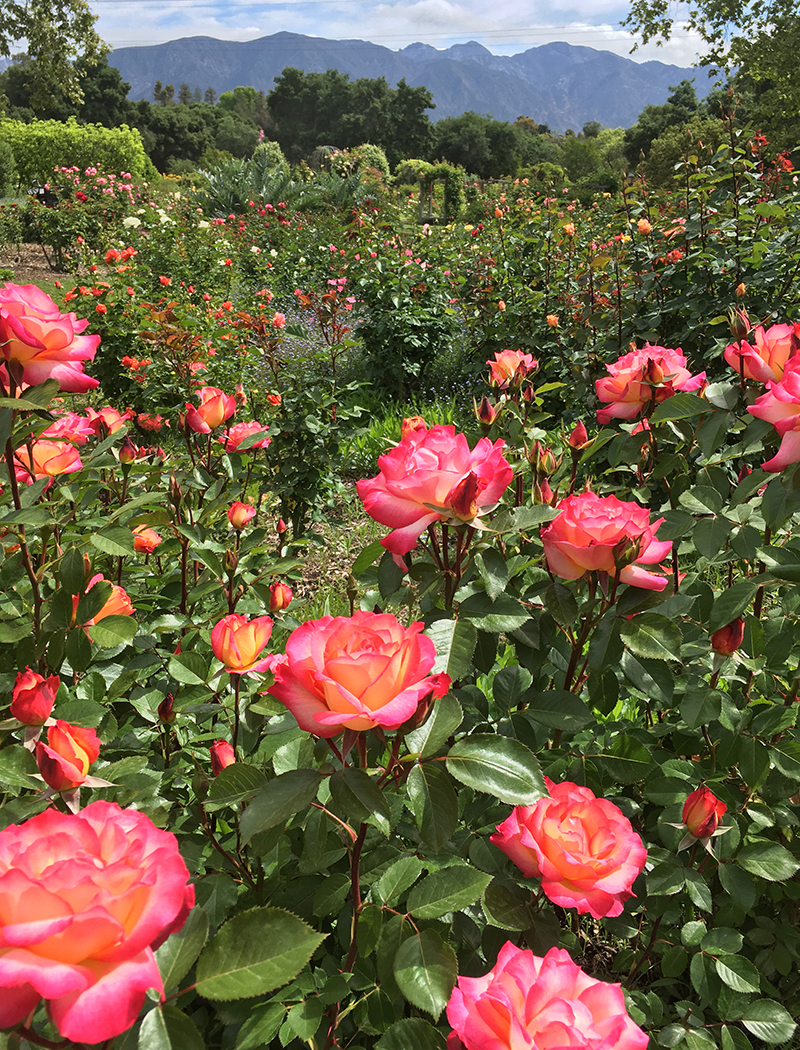
Prune your roses. Since you already have your pruners out, now is also a good time to prune your repeat-blooming roses, such as hybrid teas and English roses. This encourages them to set new flowers that you will enjoy throughout the summer. It will encourage them to bloom again and will help keep them open to prevent powdery mildew. Again, make sure to clean your tools between rose shrubs to prevent the spread of pathogens. I keep a spray bottle of alcohol handy while I work in my garden and clean my tools between rose bushes. Even if you cut some that have some nice roses left, do not worry. Bring them inside to enjoy in your house. Read on to learn more on how to prune shrub roses and climbing roses.

Plant squash. If you have the space, now is a great time to plant squashes and pumpkins. With many more of us growing fruits and vegetables this year, it could be a fun way to engage new and younger gardeners and get their hands in the dirt. I really like the heirloom varieties of pumpkins that are great for cooking. Their size is more manageable in smaller gardens, plus their growing and ripening periods are shorter than those of the larger pumpkins. If you have not grown large jack-o’-lantern pumpkins before, be aware they really take up a lot of space. Here are some more tips on growing pumpkins and some favorite varieties.
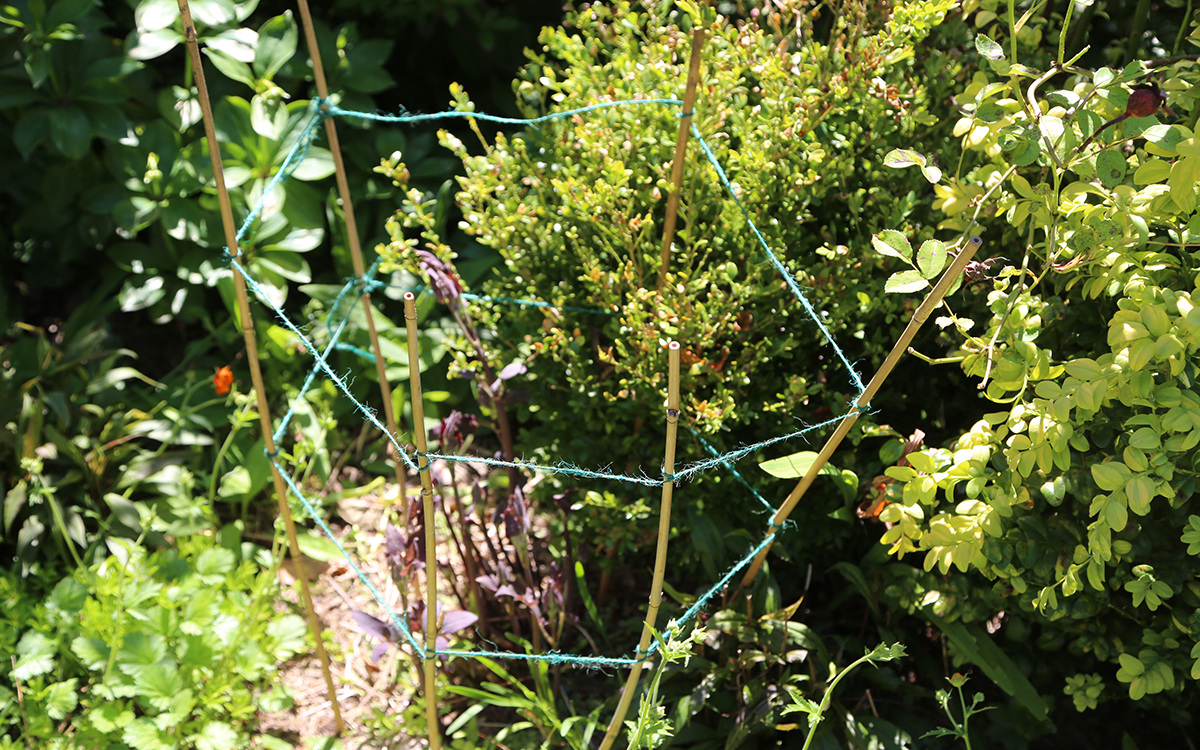
Add supports to tall perennials. If you have tall perennials, now is the time to start adding supports to keep them looking good and prevent them from covering up smaller garden plants. Even if you reduce the size of perennials with the Chelsea chop, many grow quite quickly and could use some additional support. I use small bamboo poles and garden twine to create supports in my garden for perennials. I often create supports in X-patterns as well, which don’t require twine. You can make any size support you need; the bamboo and twine will disappear once the foliage has grown around it. Small bamboo poles can be reused year after year and are easy to store. Enjoy the relaxed English garden look that this technique affords.
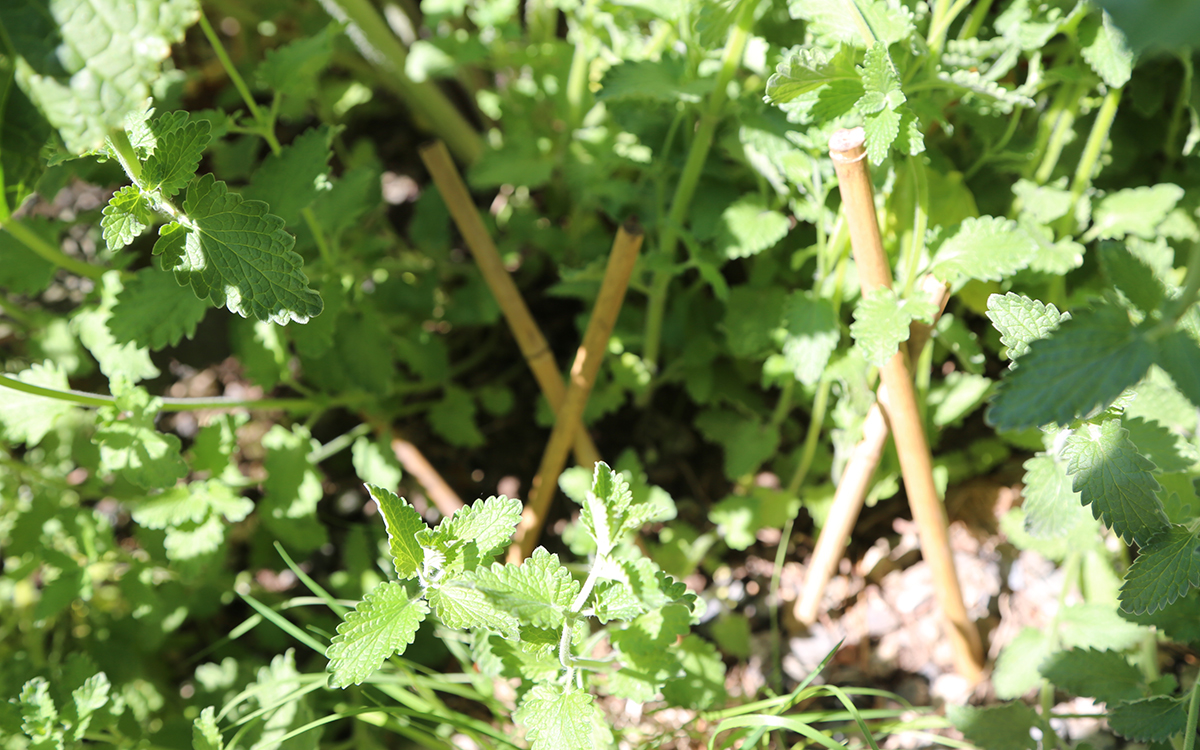
This year is quite different from any we have experienced in our lives. I have really enjoyed the time I have spent in my garden reconnecting with nature. This a great way to relax and enjoy our outdoor spaces. Just remember to break up the yearly garden chores into small bites so they will not be so overwhelming. And make sure to spend some time appreciating all the hard work and effort you have put into your garden.
—Jason Jorgensen is a landscape designer in Seattle.


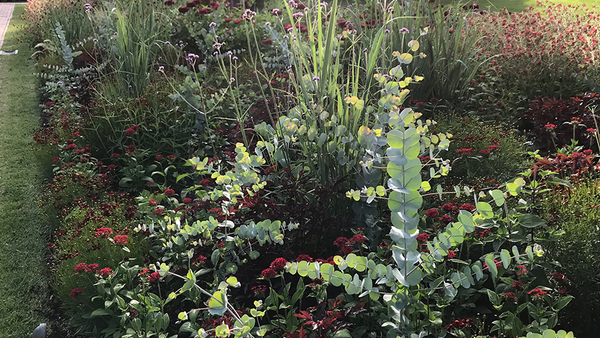















Comments
Log in or create an account to post a comment.
Sign up Log in